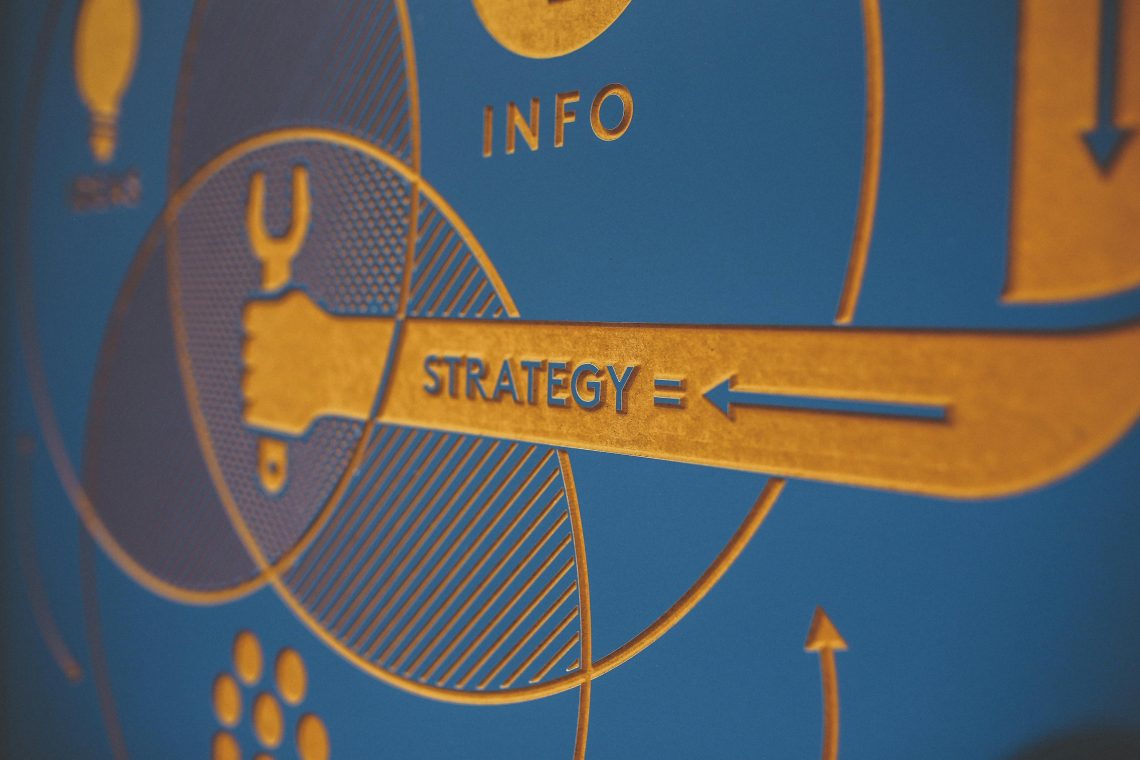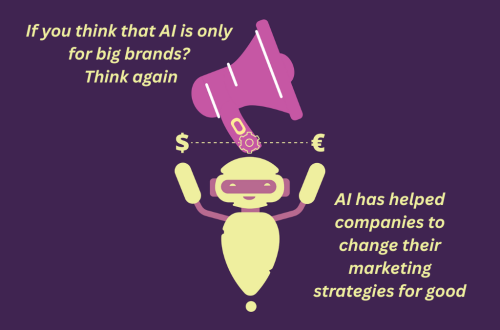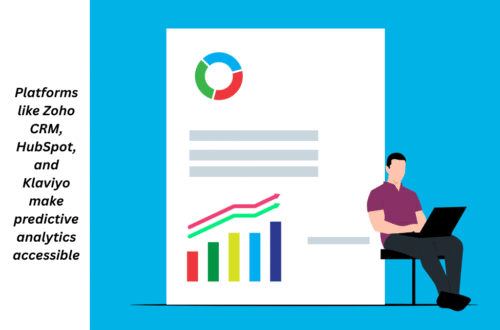
Top Hyper-Personalization Strategies for Small Businesses
Hyper-personalization is all about building lasting relationships and delivering meaningful unique experiences to boost conversion rates while giving customers lifetime value. Ensuring a customer feels appreciated is key to personalized interactions that keep them engaged.
Not only does hyper-personalization enhance the overall customer experience by providing interactions better suited to individual preferences, but it also mitigates noise by preventing irrelevant information from reaching customers and increasing brand penetration.
Hyper-personalization strategies are not a “set it and forget” endeavor. To get the full value out of it, you should be testing and analyzing your mode at all times. Failure to test and analyze the impact of your personalization tactics might waste these resources by not delivering real value when you want to personalize some changes on their website.
What Is Hyper-Personalization?
Hyper-personalization with the help of machine learning and artificial intelligence goes beyond segmentation to allow the creation of a customer experience unique to an individual. Marketers use hyper-personalization to proactively adapt to customers’ experience and by compiling elements such as personalized content and individual journey maps, this process helps attract more customers, driving more profit.
Hyper-personalization works by analyzing different behaviors and using an algorithm with real-time data to decide the best time to deliver an offer. It engages directly with users and anticipates their needs accurately to let you reap the benefit.
How To Implement Hyper-Personalization Strategies
The power of hyper-personalization for small businesses is undeniable. So whether you are new to marketing or a pro, don’t forget to grab a note from these personalization strategies.
1) Enhance the Customer Journey Using Big Map Data
When someone has a series of interactions with your company, the process is called the customer journey. How did they discover your brand, what made them buy your product, their experience with your customer service, and will they shop from you again or prefer your competitor?
You learn from each step of your customer’s journey and implement it during hyper-personalization. Based on the customer’s previous journey, you assume that they will buy a product from you. Brands are compiling big data to move from assumption-based strategies towards data-driven strategies to make decisions with optimal outcomes.
Multiple tools are available to receive customer feedback, perform sentiment analysis, and offer social listening to respond to customer’s pain points. 
2) Leverage AI for Personalization
From dynamic image creation to analytical tasks, AI excels at gathering vast amounts of data and grabbing the valuable stuff, quicker than humans do. AI after analyzing page visits, purchase history, etc will predict that the person will likely resonate. Brands are therefore using AI to create hyper-personalized content combining text, images, and deal codes based on insights. AI can also produce a customizable user interface that adopts your website according to visitor’s preferences.
3) Go For Real-time Personalization Techniques
Much has changed in the digital landscape over recent years, and this is evidenced by customers whose expectations have evolved greatly since. Across industries, the 2022 Digital Experience Benchmark Report by ContentSquare reveals that users spend as little as 55 seconds on a webpage. That leaves a more extended but still limited window of time to get noticed and make sales.
What is going to make your website unique? It consists of immediacy, relevance, and real-time personalization. Here AI can be a potent application, in tracking the behavior of visitors and learning what contributes to engaging content. This way, AI can learn what kind of pages your web visitors like to visit as well as their actions and adjust the visual looks & featuring products at a moment’s notice to provide instantly a unique experience.
Email marketing works similarly to website tailoring and is equally important. To customers, their inbox is a very personal area so unwanted emails are often seen as an invasion. Segmented email campaigns offer a solution to this problem allowing you to create more focused content across different customer interests.
4) Use Predictive Analytics and Personalize the User Experience (UX) Design
You know that ‘singer-songwriter’ playlist you have, and how rewarding it is when the last song finishes and then, all of a sudden, an AI bot generates more perfectly fitting tracks? This whole experience is powered by predictive analytics. Essentially, it records what you listen to, scans album reviews from music journalists worldwide, and suggests new music specifically catered to your taste.
That same principle powers customer engagement in e-commerce. By feeding the right data such as past purchases, browsing habits, or online behavior into an AI-driven analytics tool, you can predict what a customer might want next.
A customized user experience design goes even further, giving every visitor the sense that your website or product was crafted just for them. Consider platforms like YouTube or Netflix: these platforms learn from user behavior and provide preferred content. With every interaction, the AI adapts, tailoring recommendations based on user feedback. For instance, a documentary fan might see the latest history or science videos right away, skipping over genres like anime or horror comedies.
This user-centered approach means that each viewer sees a unique interface, which maximizes engagement and increases time spent on the platform. 
5) Ensure User Privacy and Preferences in Personalization
Hyper-personalization is a double-edged sword, and one of its major challenges includes striking the right balance between experience customization (a must for consumer engagement) and increasing privacy concerns. Transparency in how customer data is being used, and the decision-making process should lean towards ‘opt-in’ rather than waiting for customers to opt-out. It follows local data regulations such as GDPR and develops customer trust.
Increased transparency is better, but you do not have to leave your users in the dark when it comes to their data, enable preference management so they can decide what type of information is collected about them. Most social media platforms allow users to control settings for their data, including viewing history and device information. If you clearly show the user what is in it for them to opt in such as better content with less guesswork by tailoring ads more accurately people can make an informed decision on how many ads should be shown.
Additionally, analytics tools in business management software can help measure how effective your hyper-personalization efforts are throughout the rest of your organization. When you pull data from where the action is, sales figures, customer feedback, and HR insights, in real-time, you have a big-picture view of what’s working. For example, you can decipher valuable assets in your tactics and monitor market trends to determine where investors are getting the most out of their investment efforts.
You can use this software to track time, finances, and resources consumed, alongside final results such as customer satisfaction rates or conversion rates in sales. From there, you can sharpen your hyper-personalization skills for the best results.
Conclusion:
Hyper-personalization is a strategy that enhances overall customer lifetime value (CLV) by focusing on personalized approaches that outperform non-hyper-personalized efforts. It maximizes investment by delivering the right message to the right audience, which increases conversion rates, customer loyalty, and value, offering a higher ROI.






3 Comments
Pingback:
Pingback:
Pingback: